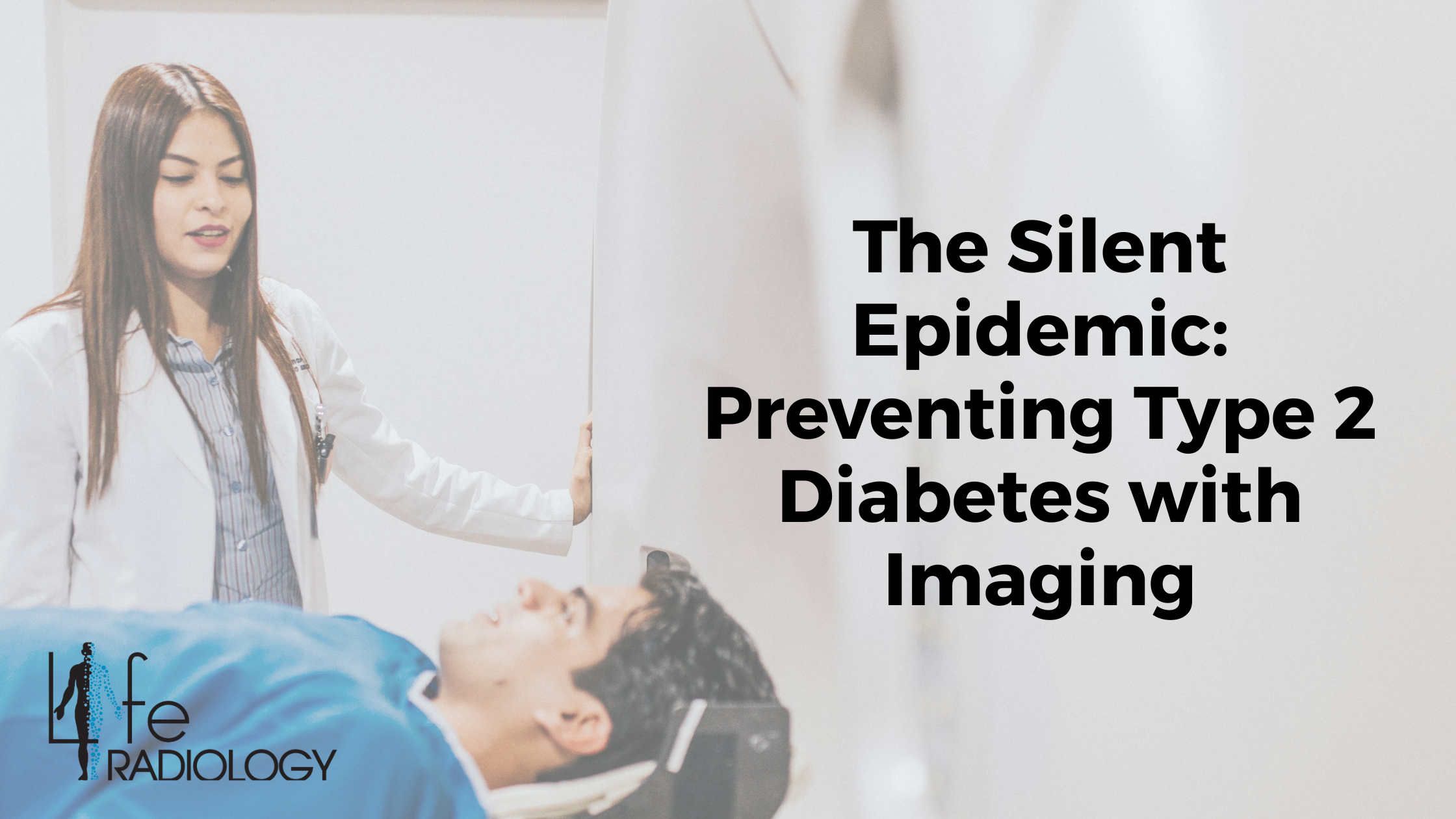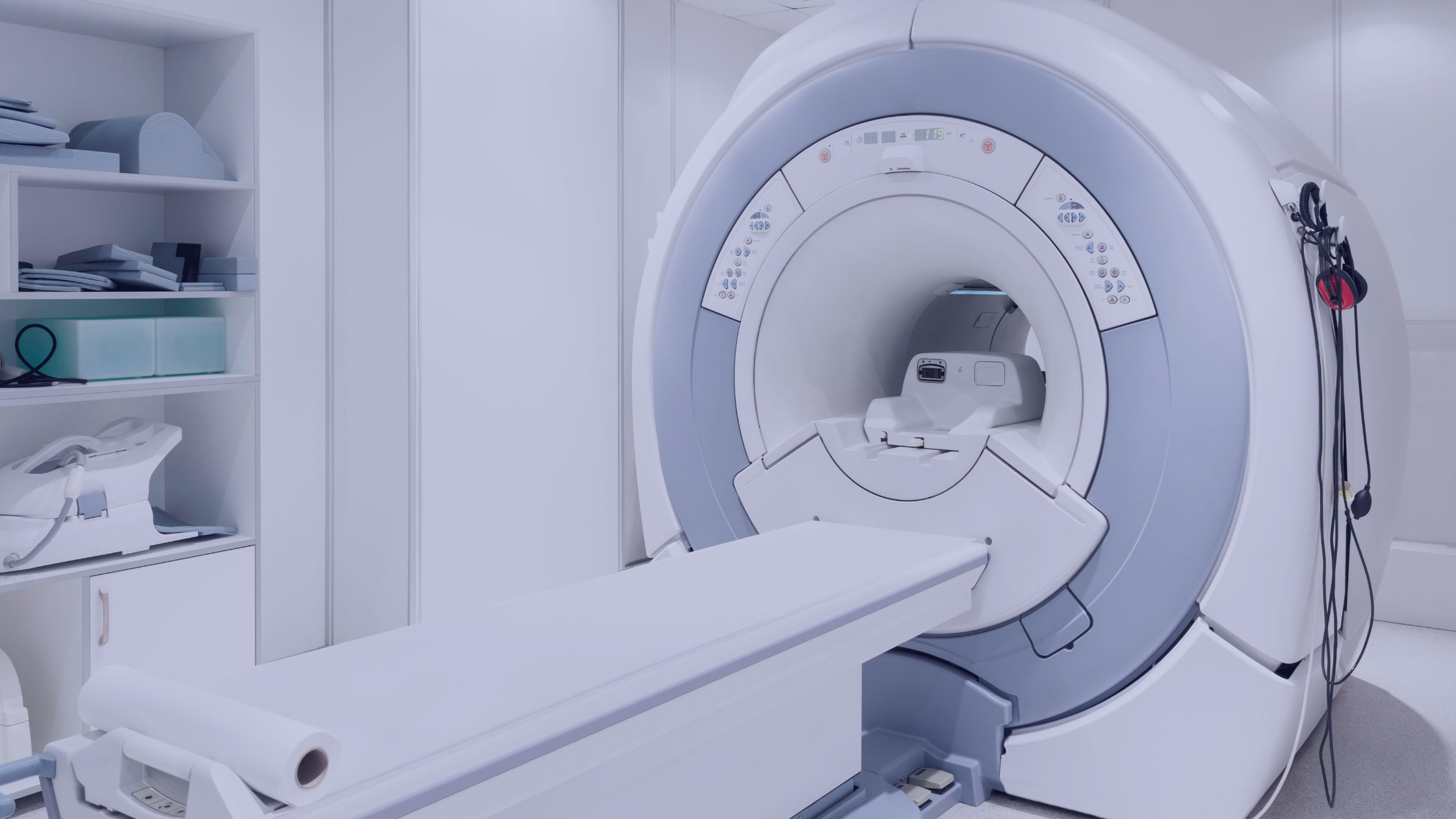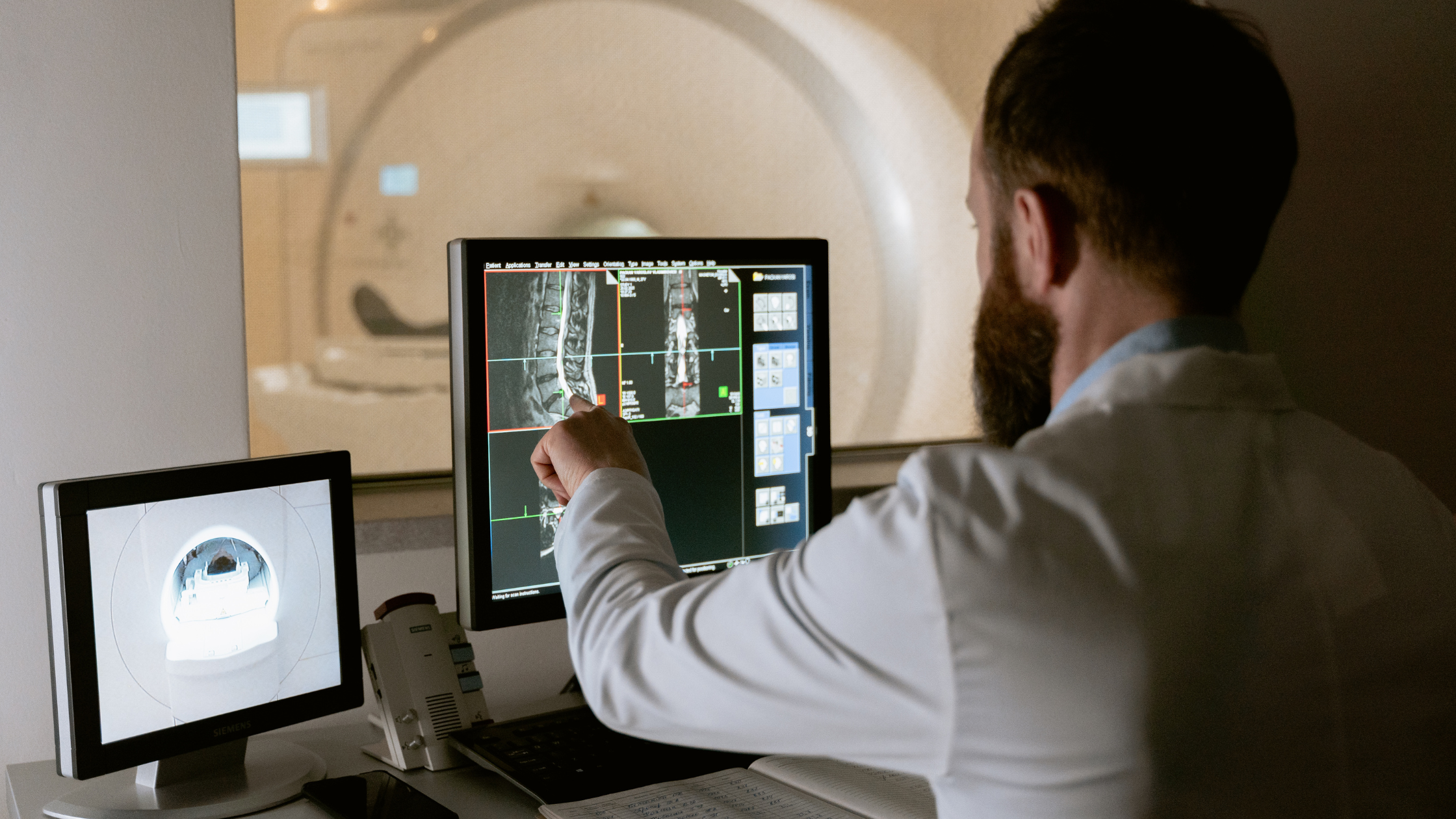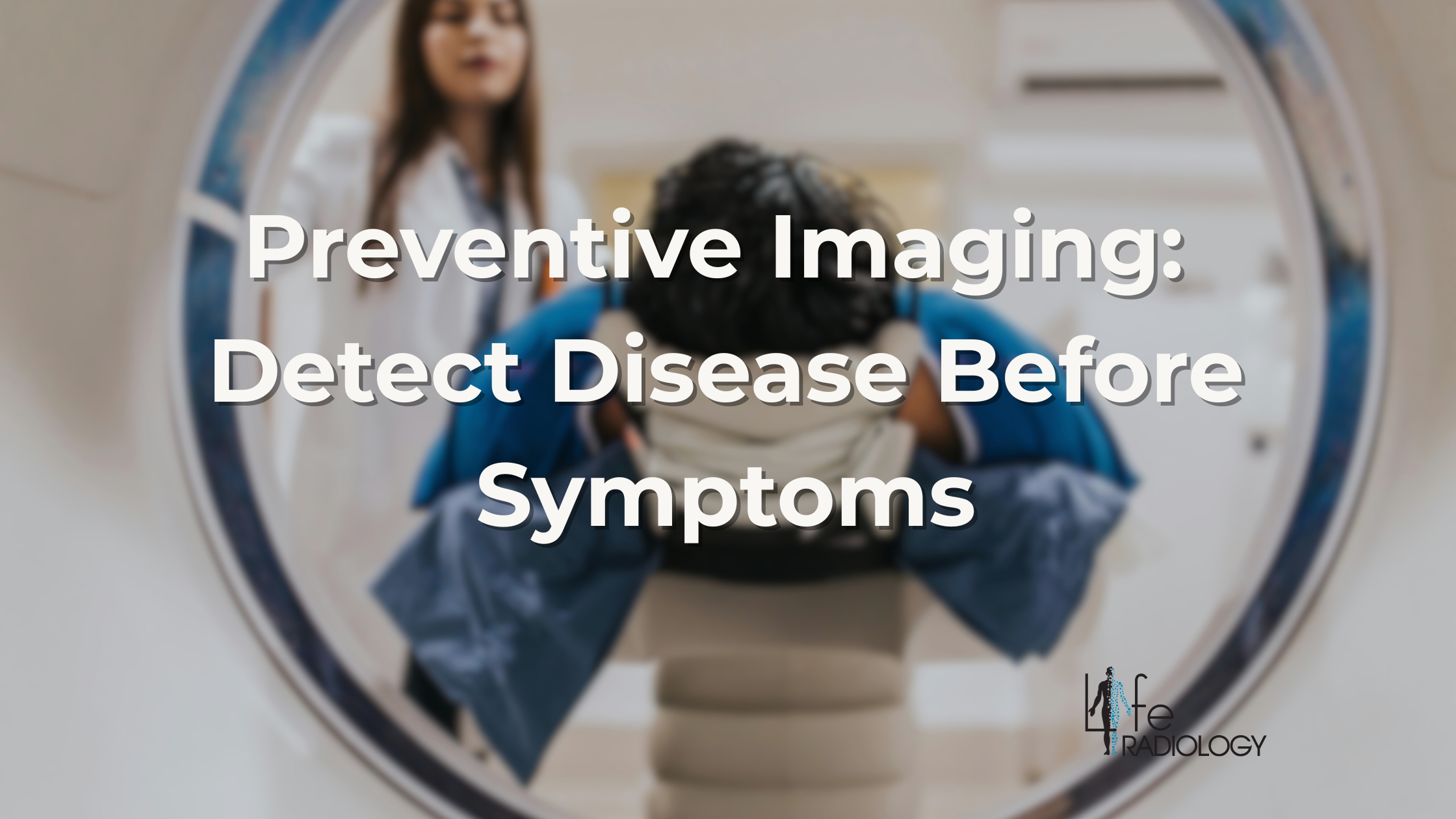The Silent Epidemic: Preventing Type 2 Diabetes with Imaging
The Silent Epidemic: Preventing Type 2 Diabetes with Imaging
Understanding Type 2 Diabetes Beyond Blood Sugar
Type 2 diabetes is often called the “silent epidemic.” Millions of Americans live with this condition without knowing it, and by the time symptoms appear, serious damage may have already occurred. While blood tests are the standard tool for diagnosis and monitoring, medical imaging offers a powerful, often overlooked lens into the early stages of this chronic disease.
This article explores how MRI scans, CT imaging, and other radiological tools can detect subtle metabolic changes and fat distribution patterns before diabetes fully develops—empowering patients and healthcare providers to act early.
What Is Type 2 Diabetes?
Type 2 diabetes is a metabolic disorder where the body becomes resistant to insulin or doesn't produce enough. This leads to elevated blood glucose levels, which can damage blood vessels, nerves, kidneys, and the heart over time. Common risk factors include:
- Poor diet and lack of exercise
- Obesity, especially abdominal fat
- Family history
- Sedentary lifestyle
However, even people with normal weight can develop insulin resistance, making early screening essential.
The Limitations of Blood Tests
While A1C and fasting glucose tests are valuable, they have limitations:
- They measure current or recent blood sugar, not long-term organ health.
- They don’t detect fat distribution (e.g., visceral vs. subcutaneous fat).
- Blood markers may appear “normal” even when internal changes are underway.
This is where advanced imaging technology steps in.
How Medical Imaging Detects Metabolic Risk
MRI and Liver Fat Detection
Magnetic Resonance Imaging (MRI) can identify early fatty liver disease (NAFLD), a common condition among those with insulin resistance. Fat accumulation in the liver is a predictor of metabolic dysfunction, even in people with normal body weight.
MRI provides:
- Precise quantification of hepatic fat content
- Early detection of liver inflammation or fibrosis
- A risk profile for developing Type 2 diabetes or cardiovascular disease
Imaging Fat Distribution: Visceral vs. Subcutaneous Fat
All fat is not equal. Visceral fat, which surrounds organs, is far more dangerous than fat under the skin. CT scans and MRI can measure visceral fat accurately.
High levels of visceral fat are associated with:
- Increased insulin resistance
- Systemic inflammation
- Greater risk of heart disease and stroke
Understanding where fat is stored helps shape better interventions.
Pancreatic Imaging and Beta Cell Decline
Emerging research shows that pancreatic imaging can detect early signs of beta cell loss and structural changes, even before blood sugar rises. These findings are critical for those with:
- Prediabetes
- A family history of diabetes
- Metabolic syndrome
Imaging-Guided Prevention Strategies
Once early metabolic changes are identified through imaging, patients can receive personalized prevention plans. These plans may include:
- Targeted weight loss goals focused on reducing visceral fat
- Dietary changes guided by fat distribution and organ health
- Exercise prescriptions to improve insulin sensitivity
- Monitoring intervals based on imaging progression
For example, a patient with normal BMI but high liver fat may benefit more from a low-glycemic diet and resistance training than general calorie restriction.
Why Imaging Is the Future of Preventive Health
As healthcare moves toward precision medicine, radiology is becoming a key player in preventive endocrinology. Benefits of integrating imaging into diabetes screening include:
- Earlier detection of disease risk
- More effective, customized lifestyle interventions
- Reduced healthcare costs through prevention
- Objective measurement of intervention progress
Who Should Consider Imaging for Diabetes Risk?
You may benefit from imaging if you:
- Have prediabetes or borderline A1C
- Are overweight or have central obesity
- Have a family history of Type 2 diabetes
- Struggle to lose weight despite diet and exercise
- Have normal lab results but symptoms like fatigue, brain fog, or high blood pressure
Final Thoughts: Seeing Beyond the Numbers
Diabetes prevention is not just about avoiding sugar or checking your A1C. It's about understanding how your body stores fat, how your organs are functioning, and what silent changes might be occurring beneath the surface.
Medical imaging provides a window into your metabolic health, offering clarity that blood tests alone cannot. By using tools like MRI and CT scans, we can detect the silent progression of Type 2 diabetes earlier—and take action sooner.






